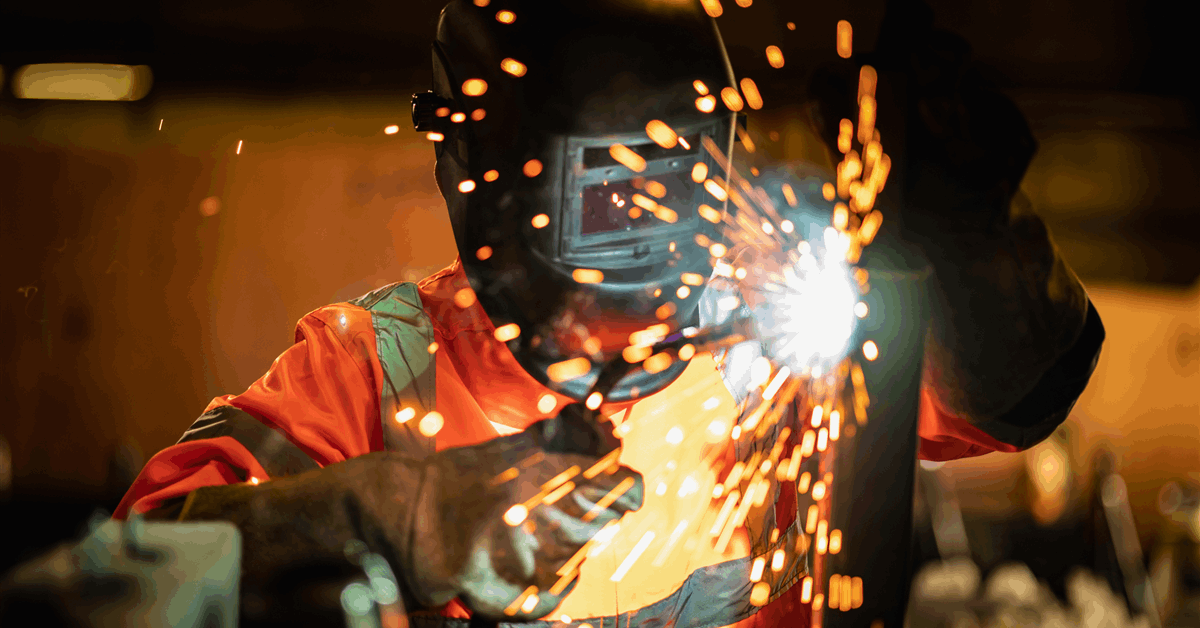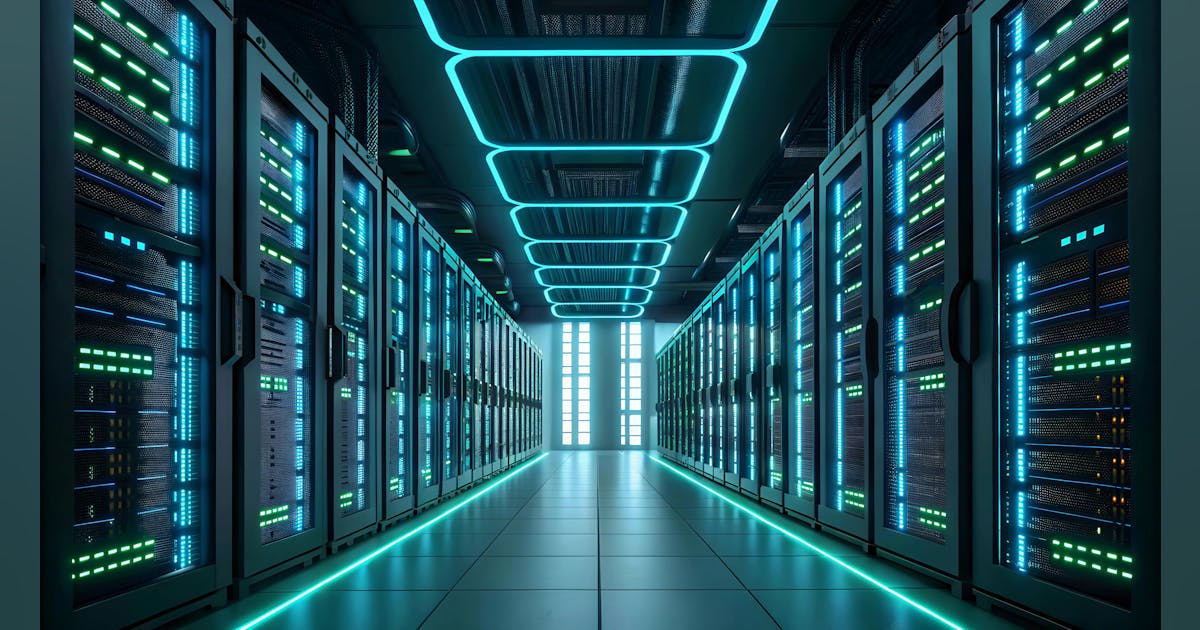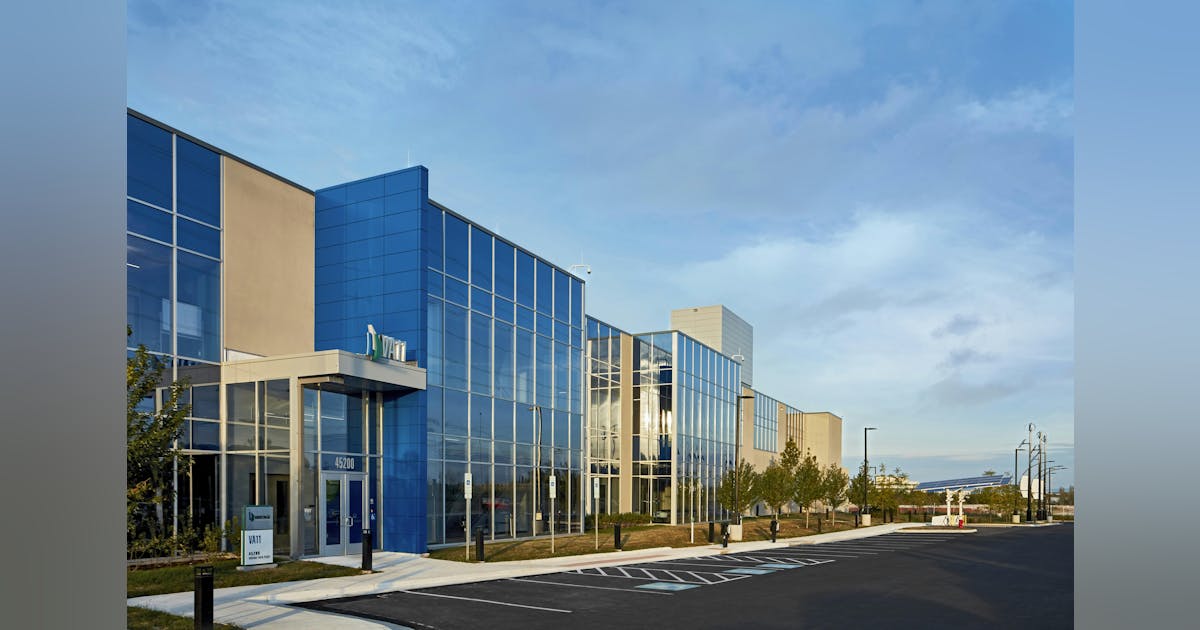
QatarEnergy has awarded Samsung C&T Corp the engineering, procurement and construction contract for a carbon capture and storage (CCS) project that will serve existing natural gas liquefaction facilities in Ras Laffan Industrial City.
“The new project will capture and sequester up to 4.1 million tons of CO2 per annum, making it one of the world’s largest of its kind and placing Qatar at the forefront of global large-scale carbon capture deployment, reinforcing its leadership role in providing responsible and sustainable energy”, state-owned integrated energy company QatarEnergy said in a press release.
It said it had “launched” its first CCS project, with a capacity of 2.2 million metric tons per annum (MTPA), in 2019.
“Two other ongoing CCS projects will serve the North Field East and North Field South expansion projects, capturing and storing 2.1 MTPA and 1.2 MTPA of CO2 respectively”, QatarEnergy added.
QatarEnergy president and chief executive Saad Sherida Al-Kaabi, who is also Qatar’s energy minister, said, “All our LNG expansion projects will deploy CCS technologies, with an aim to capture over 11 MTPA of CO2 by 2035.”
QatarEnergy aims to double its liquefied natural gas (LNG) production capacity to 160 MMtpa through the North Field expansion projects in Qatar and Golden Pass LNG in Texas.
The United States project will begin production by year-end, Al-Kaabi told the World Gas Conference in Beijing earlier this year.
The first liquefaction train from the North Field east expansion project will start production by mid-2026. “As for North Field West, it is in the engineering phase and will be going into the construction phase somewhere in 2027”, Al-Kaabi said then.
“QatarEnergy will be the largest single LNG exporter as a company while Qatar, as a country, will be the second-largest exporter of LNG after the United States for a very long time”, Al-Kaabi added.
In a separate project, QatarEnergy also contracted Samsung C&T Corp to build the 2,000-megawatt (MW) Dukhan solar power plant, which would more than double the Gulf state’s solar generation capacity.
QatarEnergy expects the two-phase project to start up 1,000 MW by 2028. The second phase is expected to be completed mid-2029, according to a statement by QatarEnergy September 16.
“When completed, the Dukhan solar power plant along with Al-Kharsaah, Mesaieed, Ras Laffan solar power plants will help reduce carbon dioxide emissions by about 4.7 million tons annually, while contributing up to 30 percent of Qatar’s total peak electricity demand”, said Al-Kaabi.
The plant will rise about 80 kilometers (49.71 miles) west of Doha, QatarEnergy said.
To contact the author, email [email protected]
WHAT DO YOU THINK?
Generated by readers, the comments included herein do not reflect the views and opinions of Rigzone. All comments are subject to editorial review. Off-topic, inappropriate or insulting comments will be removed.
MORE FROM THIS AUTHOR























